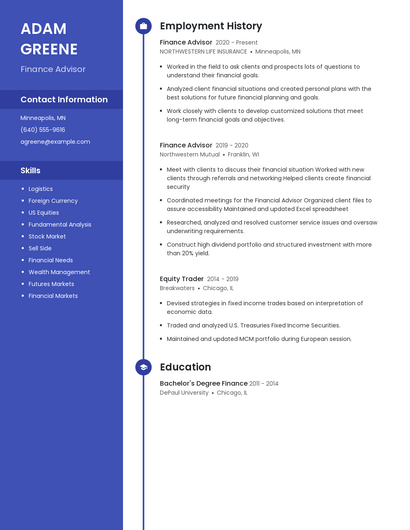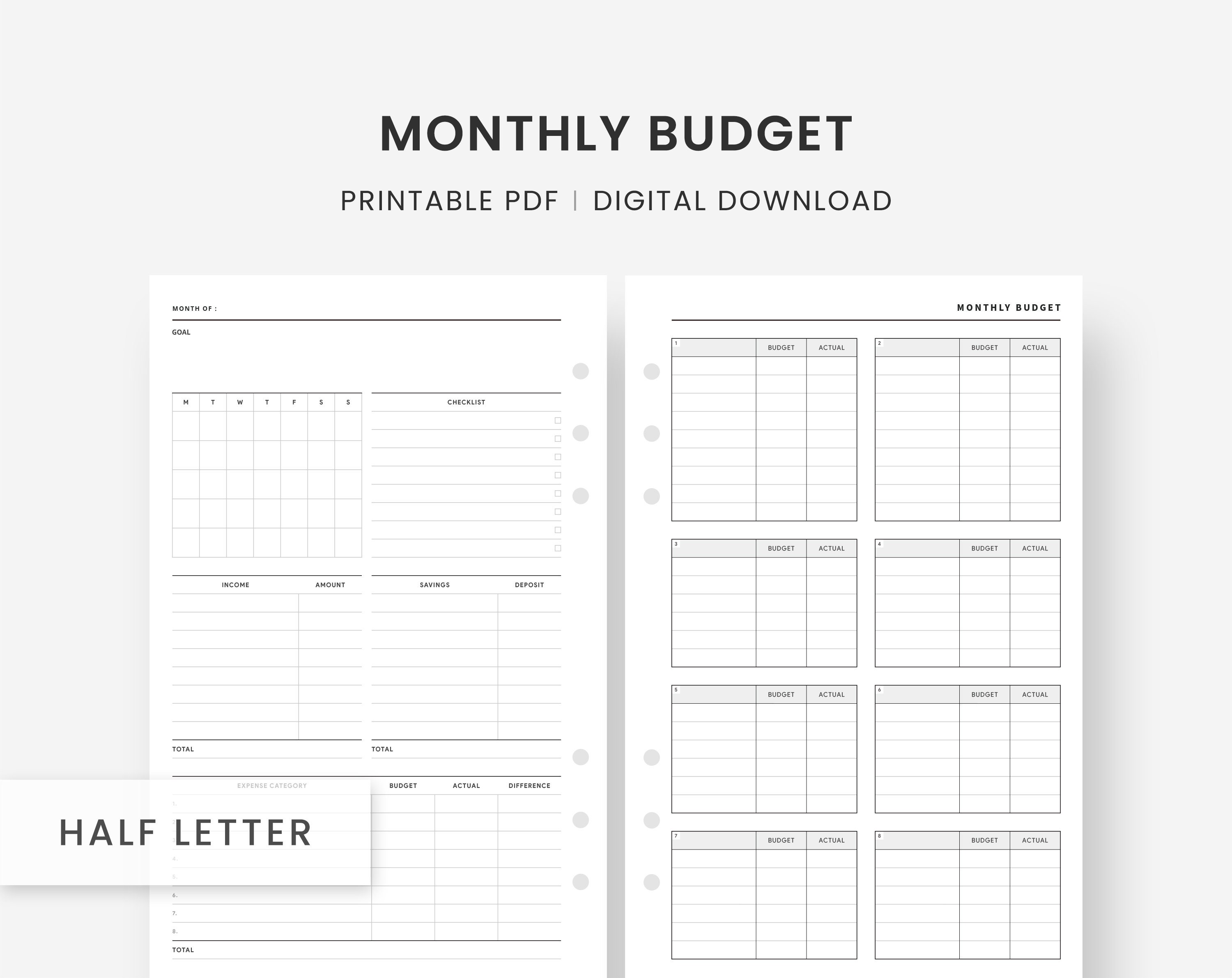
Money Manager takes all the stress out of managing your finances by offering insights at the right time and payments within the app. The platform offers insight and connectivity to thousands bank accounts. The components of the system are modularly packaged. Let's examine the pros and disadvantages of different models in order to help you make a decision about which one to buy. You can compare the advantages of using a smartphone money manager with other financial management tools to see if it's right.
Money Manager Mobile Version
You can download a free Android version of Money Manager from the Google Play Store. This version is compatible for MMEX Desktop version databases. You can also open and modify these databases from this application. This version supports the MMEX desktop app. You can monitor your finances from wherever you are using this app. Money Manager Mobile allows users to manage their money from anywhere they are.
You can track all your accounts with this app. It lets you edit your data, sort it, and see account fluctuations on a graph. With the budget feature, you can set budgets and manage them. The dashboard allows you to view your balance, interest rate, and payment amount. A debit card can be connected to the application for faster payments.

Cost of Money Manager
A money manager charges you a percentage of the portfolio each year. A typical fee of 1.17% is charged for total assets under management. That would amount to $1,170 each year for a $100,000 portfolio. Some asset managers will assess fees quarterly and adjust their fees to reflect account size. Learn more about the fees your money manager charges. Learn about what money managers charge and how they get paid. Also, learn how they compare to other financial professionals.
A money manager's cost can vary widely. For a limited scope engagement, fees can start at $125. This is for the purpose of identifying cash flow and saving capabilities, reviewing your portfolio and creating a plan. However, the cost may be more expensive if you're seeking help with a comprehensive financial plan. A limited-scope engagement can last anywhere from six to 10 minutes, depending on where you are located. Jim MacKay Financial Planning charges $225 for an hour.
Free version of Money Manager
To manage your personal finances, download Money Manager Next free. This expense tracking and financial planning app makes managing your personal finances a breeze. This app lets you record your financial transactions, generate expense reports, and manage all of your assets. This app lets you input income and expense information to generate a daily and weekly financial report. It even allows you to deposit your income as soon as it's input. It's an ideal solution for personal finance and accounting.
Budgeting is another feature. Budgeting is another feature. This personal finance manager tracks every penny you spend, and transfers it to the right category. You can also split a transaction into several categories, which is convenient when you shop at a megastore and pay for several items at once. This app can calculate the available balance, cleared amount, and future transaction amounts. It can also import and analyze your transactions history. You can also select to use custom icons for easy access to your financial transactions.

Tonido Money Manager
Tonido is a personal financial manager that offers a variety of features for managing your finances. This software combines a music player and money management software to create a powerful web browser. Using the application, users choose a user name that is easy to remember, and can access their personal server from anywhere. Your personal server is accessible from your mobile phone or any other multimedia device. The user interface is easy to use and allows you to add or remove bank accounts, manage debts and invest.
Users can either choose the desktop or the browser-based version. Tonido Money Manager works on Windows, Mac and Android. Users can also share checkbooks with others. This makes it easy for users to transfer funds across multiple computers. The software also has the ability to backup financial information, providing peace of mind. You can even program the software to backup your data automatically.
FAQ
What is retirement planning?
Planning for retirement is an important aspect of financial planning. This helps you plan for the future and create a plan that will allow you to retire comfortably.
Retirement planning involves looking at different options available to you, such as saving money for retirement, investing in stocks and bonds, using life insurance, and taking advantage of tax-advantaged accounts.
What is a financial planner? And how can they help you manage your wealth?
A financial planner can help create a plan for your finances. They can evaluate your current financial situation, identify weak areas, and suggest ways to improve.
Financial planners are professionals who can help you create a solid financial plan. They can assist you in determining how much you need to save each week, which investments offer the highest returns, as well as whether it makes sense for you to borrow against your house equity.
Financial planners typically get paid based the amount of advice that they provide. However, planners may offer services free of charge to clients who meet certain criteria.
What is investment risk management?
Risk management is the art of managing risks through the assessment and mitigation of potential losses. It involves identifying, measuring, monitoring, and controlling risks.
Any investment strategy must incorporate risk management. The goal of risk-management is to minimize the possibility of loss and maximize the return on investment.
The following are key elements to risk management:
-
Identifying risk sources
-
Monitoring the risk and measuring it
-
How to manage the risk
-
Manage the risk
What Are Some Of The Benefits Of Having A Financial Planner?
A financial plan is a way to know what your next steps are. You won't have to guess what's coming next.
You can rest assured knowing you have a plan to handle any unforeseen situations.
Your financial plan will also help you manage your debt better. If you have a good understanding of your debts, you'll know exactly how much you owe and what you can afford to pay back.
A financial plan can also protect your assets against being taken.
What are some of the best strategies to create wealth?
Your most important task is to create an environment in which you can succeed. You don't need to look for the money. You'll be spending your time looking for ways of making money and not creating wealth if you're not careful.
It is also important to avoid going into debt. Although it is tempting to borrow money you should repay what you owe as soon possible.
You set yourself up for failure by not having enough money to cover your living costs. And when you fail, there won't be anything left over to save for retirement.
You must make sure you have enough money to survive before you start saving money.
How much do I have to pay for Retirement Planning
No. This is not a cost-free service. We offer free consultations so we can show your what's possible. Then you can decide if our services are for you.
Statistics
- According to Indeed, the average salary for a wealth manager in the United States in 2022 was $79,395.6 (investopedia.com)
- As previously mentioned, according to a 2017 study, stocks were found to be a highly successful investment, with the rate of return averaging around seven percent. (fortunebuilders.com)
- Newer, fully-automated Roboadvisor platforms intended as wealth management tools for ordinary individuals often charge far less than 1% per year of AUM and come with low minimum account balances to get started. (investopedia.com)
- A recent survey of financial advisors finds the median advisory fee (up to $1 million AUM) is just around 1%.1 (investopedia.com)
External Links
How To
How to invest your savings to make money
You can get returns on your capital by investing in stock markets, mutual funds, bonds or real estate. This is called investing. It is important that you understand that investing doesn't guarantee a profit. However, it can increase your chances of earning profits. There are many options for how to invest your savings. Some of them include buying stocks, Mutual Funds, Gold, Commodities, Real Estate, Bonds, Stocks, and ETFs (Exchange Traded Funds). These are the methods we will be discussing below.
Stock Market
The stock market is one of the most popular ways to invest your savings because it allows you to buy shares of companies whose products and services you would otherwise purchase. Additionally, stocks offer diversification and protection against financial loss. You can, for instance, sell shares in an oil company to buy shares in one that makes other products.
Mutual Fund
A mutual fund refers to a group of individuals or institutions that invest in securities. They are professionally managed pools, which can be either equity, hybrid, or debt. The mutual fund's investment objective is usually decided by its board.
Gold
It has been proven to hold its value for long periods of time and can be used as a safety haven in times of economic uncertainty. Some countries also use it as a currency. The increased demand for gold from investors who want to protect themselves from inflation has caused the prices of gold to rise significantly over recent years. The supply/demand fundamentals of gold determine whether the price will rise or fall.
Real Estate
Real estate refers to land and buildings. When you buy realty, you become the owner of all rights associated with it. Rent out part of your home to generate additional income. The home could be used as collateral to obtain loans. The home can also be used as collateral for loans. Before buying any type property, it is important to consider the following things: location, condition and age.
Commodity
Commodities are raw materials, such as metals, grain, and agricultural goods. As these items increase in value, so make commodity-related investments. Investors who want the opportunity to profit from this trend should learn how to analyze charts, graphs, identify trends, determine the best entry points for their portfolios, and to interpret charts and graphs.
Bonds
BONDS can be used to make loans to corporations or governments. A bond can be described as a loan where one or both of the parties agrees to repay the principal at a particular date in return for interest payments. Bond prices move up when interest rates go down and vice versa. An investor buys a bond to earn interest while waiting for the borrower to pay back the principal.
Stocks
STOCKS INVOLVE SHARES in a corporation. Shares are a fraction of ownership in a company. If you own 100 shares, you become a shareholder. You can vote on all matters affecting the business. You also receive dividends when the company earns profits. Dividends are cash distributions to shareholders.
ETFs
An Exchange Traded Fund is a security that tracks an indice of stocks, bonds or currencies. ETFs can trade on public exchanges just like stock, unlike traditional mutual funds. For example, the iShares Core S&P 500 ETF (NYSEARCA: SPY) is designed to track the performance of the Standard & Poor's 500 Index. This means that if SPY was purchased, your portfolio would reflect its performance.
Venture Capital
Venture capital is the private capital venture capitalists provide for entrepreneurs to start new businesses. Venture capitalists can provide funding for startups that have very little revenue or are at risk of going bankrupt. They invest in early stage companies, such those just starting out, and are often very profitable.